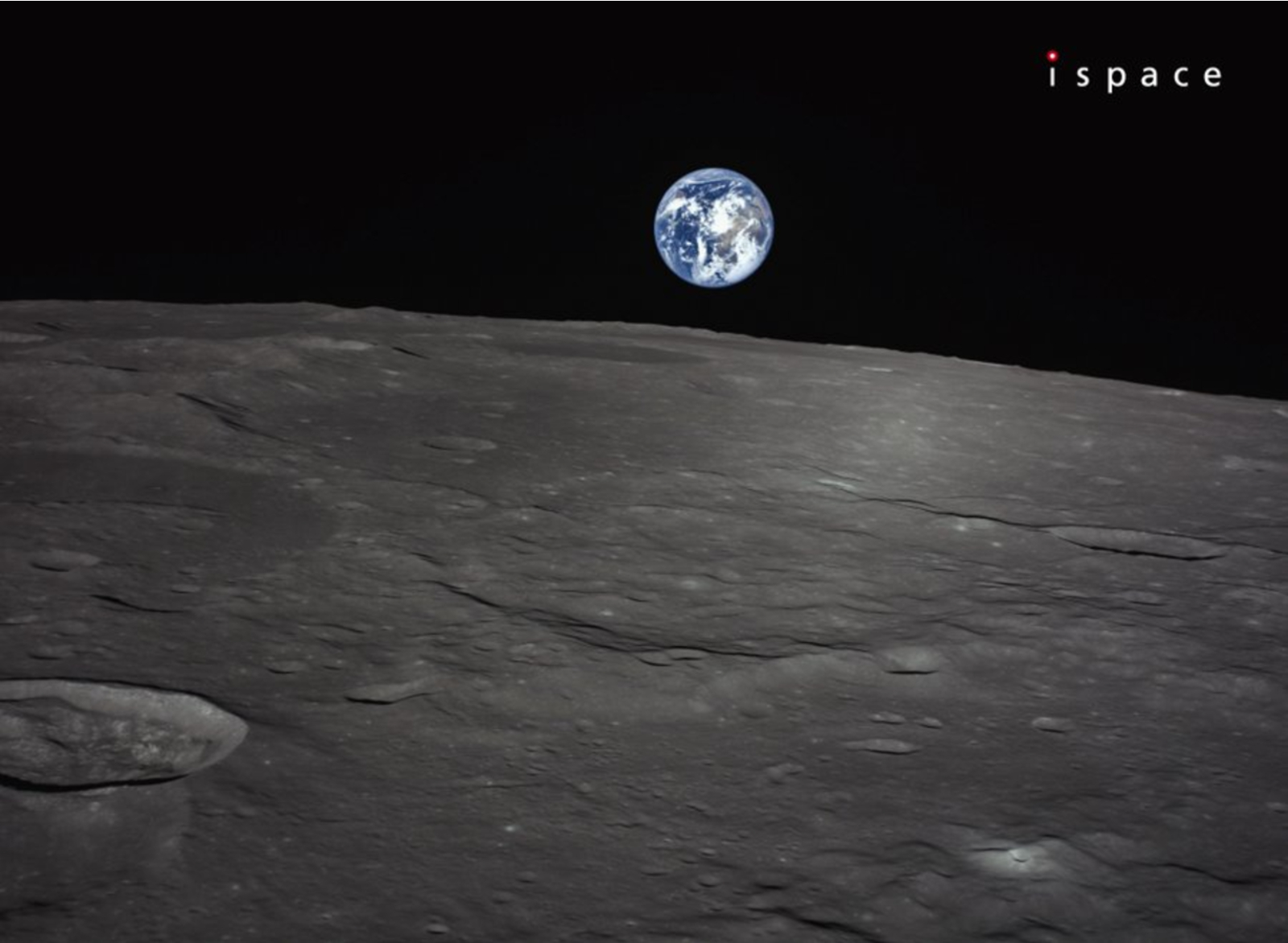Source of Cosmic Dust Found
Researchers believe they have identified the main source of thecosmic dust that gets dumped on Earth – meteoroids. A new study showsthat grains of dust left in meteoroid trails are larger than previously thought.
Meteoroids are chunks of rocky debris – ranging in sizefrom a grain of sand to a boulder – that zip through the solar system.Some make their way to Earth and buzz through the atmosphere, leaving fierystreaks known as shooting stars, along with clouds of dust particles.
For a long time, scientists thought that these particles werejust a few nanometers in size. Now, Andrew Klekociukof the Australian Antarctic Division and his colleagues have studied the dustcloud from a recent large meteoroid and determined that the dust particles areactually 10 to 20 micrometers – a thousand times larger than previouslythought.
On Sept. 3, 2004 a large meteor – estimated to have anoriginal mass of a million kilograms – crashed through the Earth'satmosphere, releasing more energy than a 15 kiloton nuclear bomb.
Not only did this meteor leave bright streaks of fire as ittore through the atmosphere, it left behind a trail of meteoritic ‘smoke'or dust. The dust cloud stretched across altitudes from 35 to 11 miles (56 to18 kilometers) and hung in the sky for weeks.
"There is some uncertainty in the total influx of meteoricmatter, but it is probably on the order of 40 +/- 20 thousand tons peryear," Klekociuk told SPACE.com. "Our event represented amass influx of about one thousand tons."
To determine the size of the particles, Klekociukand his colleagues used an atmospheric Light Detection and Ranging (LIDAR)instrument, which is basically an optical version of radar.
Get the Space.com Newsletter
Breaking space news, the latest updates on rocket launches, skywatching events and more!
Using the LIDAR, they measured the size and shape of the dustparticles by determining how the particles scattered and absorbed polarizedlight from a laser beam. These observations were matched up to theoreticalmodels for particles of different sizes, shapes, and compositions, said Klekociuk.
This research is detailed in the Aug. 25 issue of the journal Nature.
Previously, it was thought that large dust particles frommeteoroids were only formed as the particles in the cloud coagulate over aperiod of weeks, eventually settling on the Earth. However, in the case of themeteoroid studied, the dust particles were large from the beginning.
"In the case of our object, most of the mass of theremnant particles were in a size range that is unlikely to have formed from thenormal way in which the condensation and coagulation processes have beenviewed," Klekociuk said.
Depending on their size and overall number, cosmic dust andother particles in the atmosphere have the potential to change Earth's climate.They can reflect sunlight, which cools the Earth, absorb sunlight, which warmsthe atmosphere, and act as a blanket for the planet by trapping any heat itgives off. They can also facilitate the formation of rain clouds.
However, it's unlikely that dust from this 2004 event causedany of this to happen, at least for longer than a few weeks.
"It is likely that the dust from our event, by virtue ofits size, had a residence time in the stratosphere of a few weeks," Klekociuk said. "After that the particles would havedrifted down to the troposphere and may have been ‘washed out' byrain."
- Meteors and Meteor Showers: The Science
- Meteor Watching 101: Tips and terms
- New Gallery: 2005 Perseid Meteor Shower
- When Meteors Explode: Full Account of a Wild Chicago Night
Join our Space Forums to keep talking space on the latest missions, night sky and more! And if you have a news tip, correction or comment, let us know at: community@space.com.
